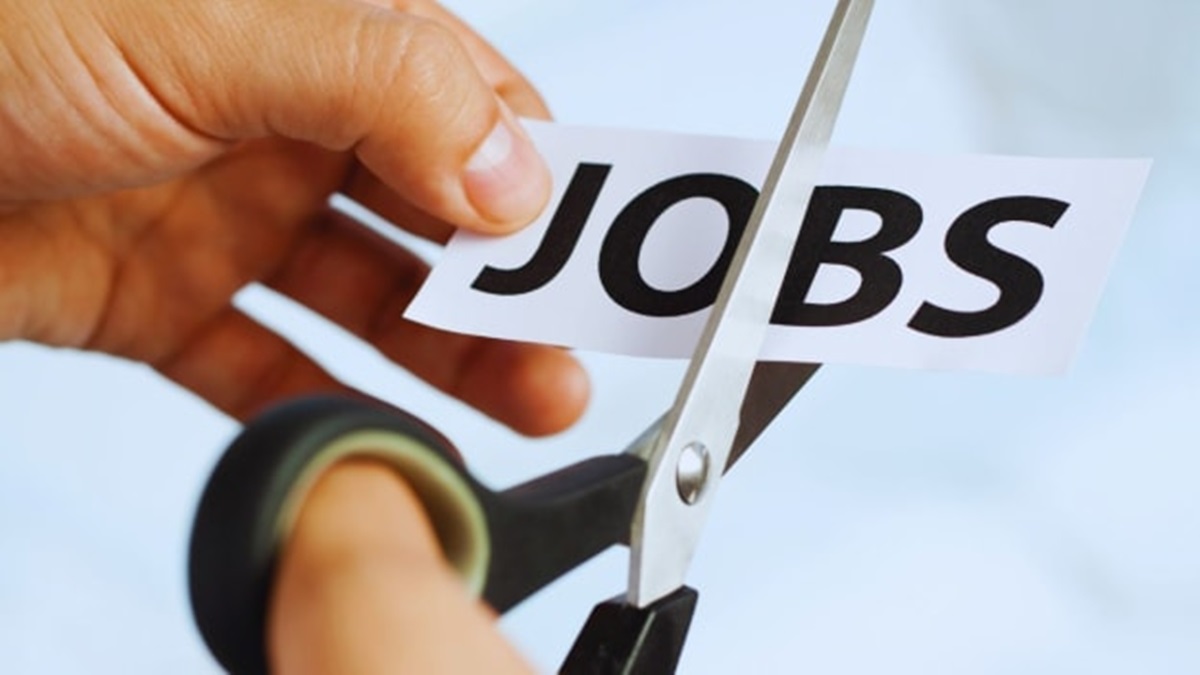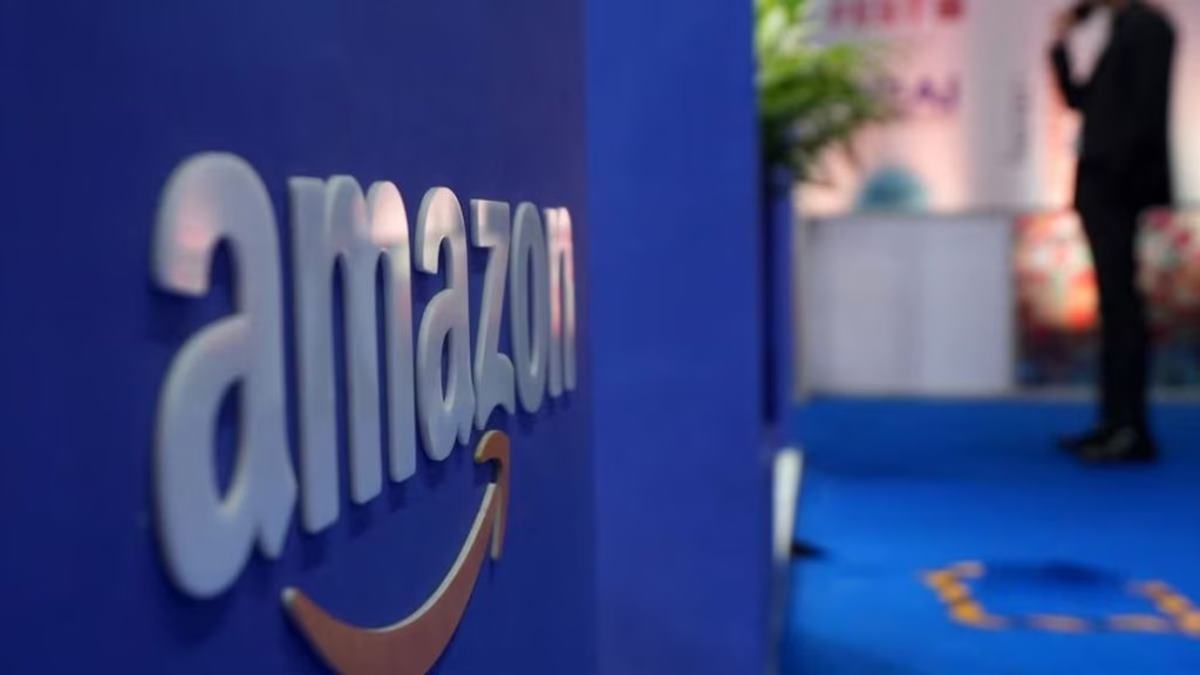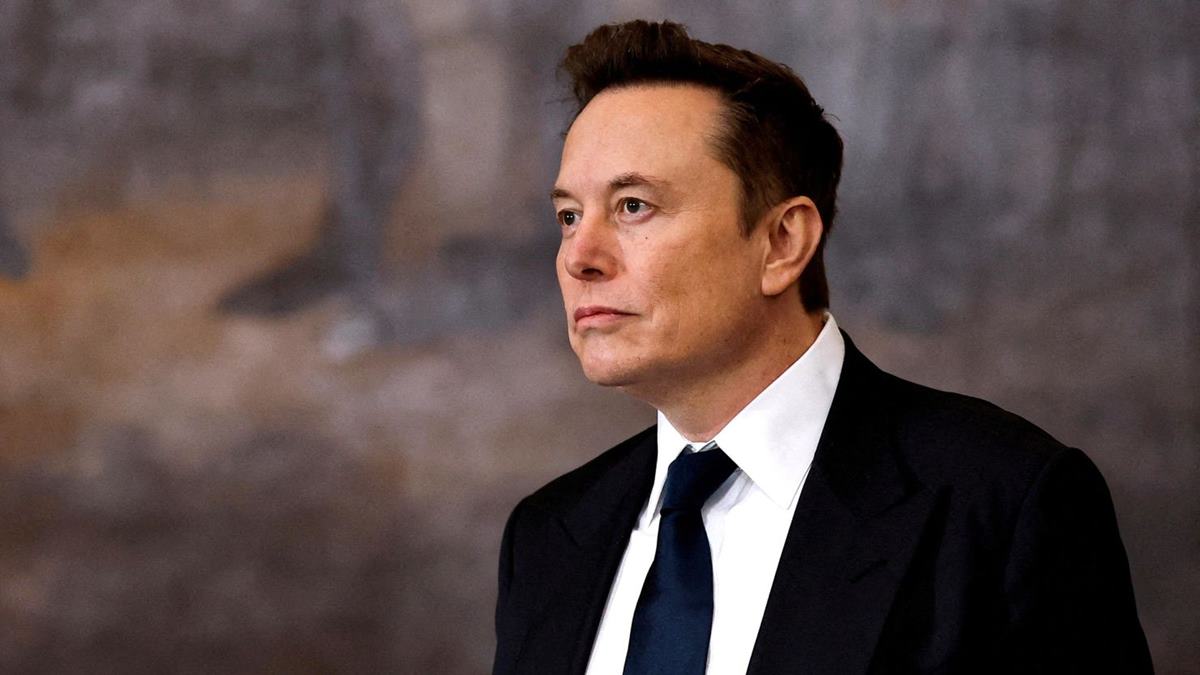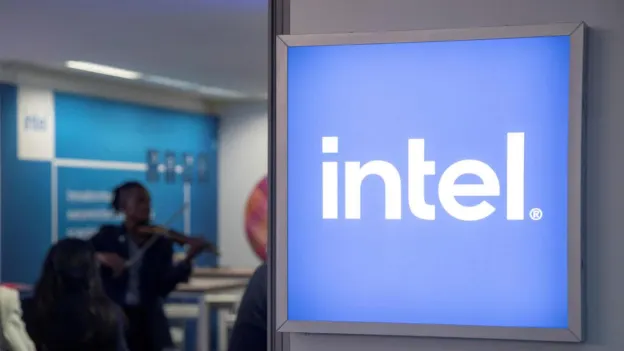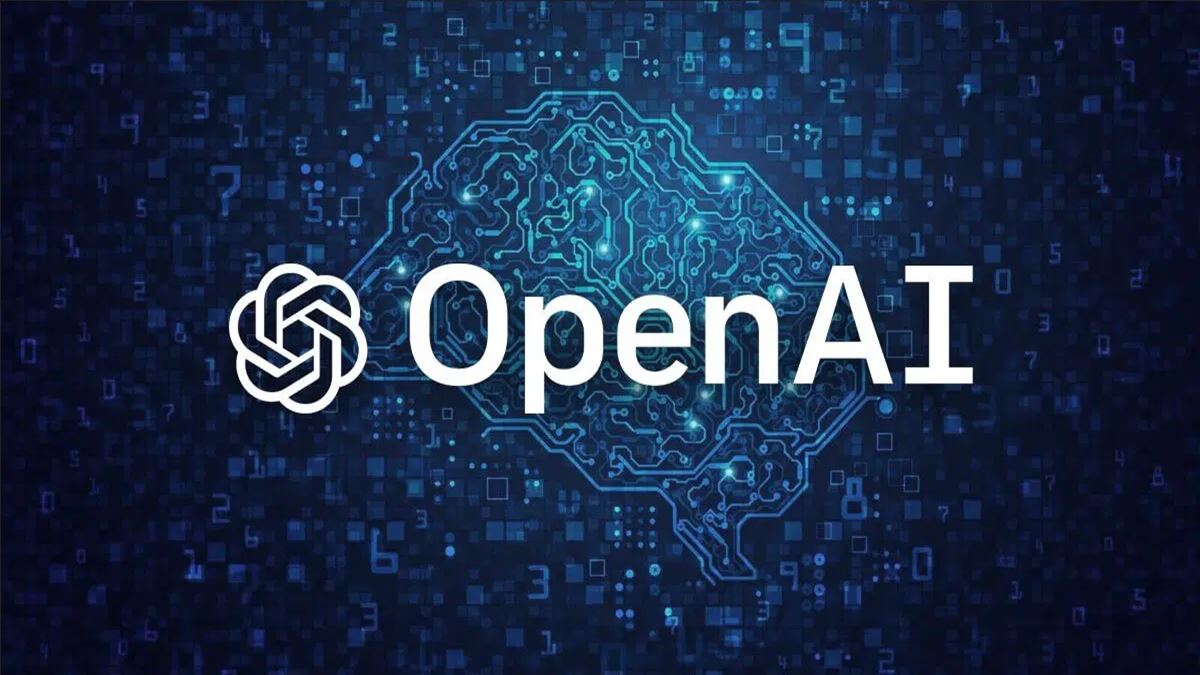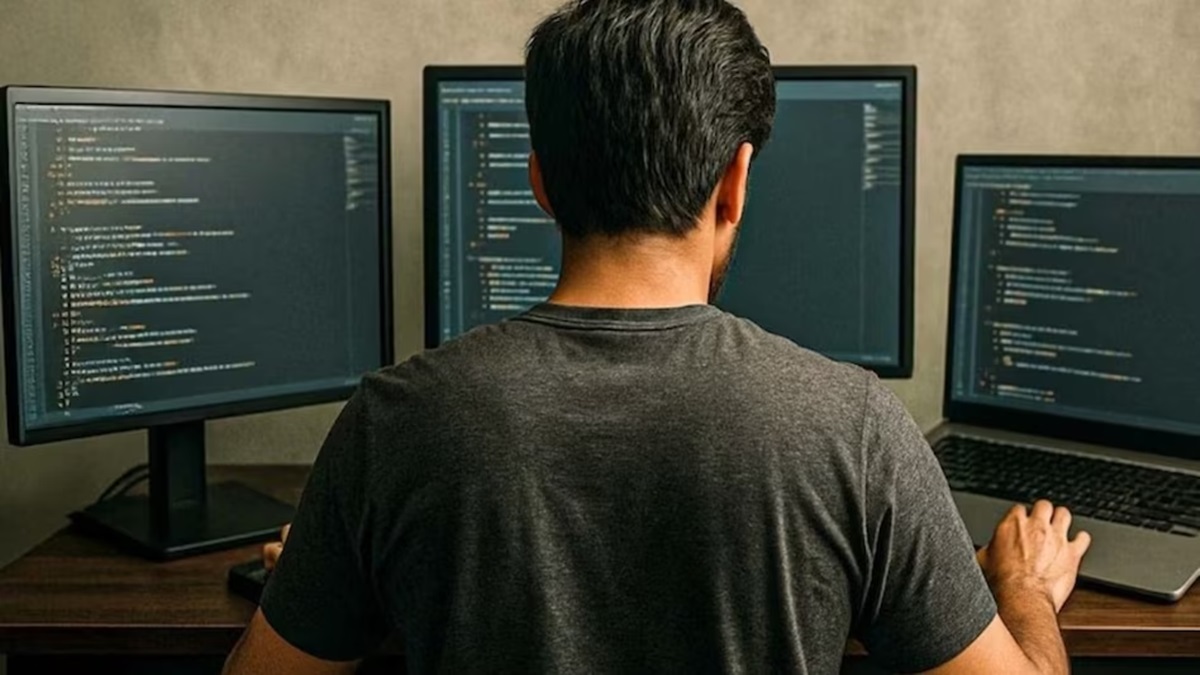A proposed overhaul of how H-1B visas for speciality occupation workers are allocated has been approved by a key White House office, signalling it could soon be made public. The Office of Information and Regulatory Affairs cleared the measure on August 8.
US Citizenship and Immigration Services has not yet released details, but the Office of Management and Budget has sent the regulation to the agency for review. It has been classified as economically important, with a global impact, and the proposals remain unchanged from earlier drafts.
From lottery to wage-based selection
It is widely expected that the move will revive an attempt from Donald Trump’s first term to replace the current random H-1B lottery with a system that ranks petitions by the wages offered.
At present, the H-1B lottery is used when applications exceed the annual cap of 85,000 visas—65,000 for regular applicants and 20,000 for those with a US master’s degree or higher. If applications surpass this limit, USCIS runs a computerised draw to decide who can proceed. The programme is heavily used by the technology sector.
Under a 2021 Department of Homeland Security rule, the lottery would have been replaced with wage-level selection, prioritising petitions offering the highest salaries.
How wage levels work in US
The four tiers come from the US Department of Labor’s prevailing wage levels for a given job and location:
Level 1: Entry-level pay for the position
Level 2: Qualified workers with some experience
Level 3: Experienced workers with advanced skills
Level 4: Highly specialised, senior workers
Under the 2021 plan, level 4 roles would be selected first, followed by lower levels. Fresh graduates on entry-level pay would have had far lower chances of selection.
The Trump administration argued at the time that this would attract more high-skilled workers, but business and immigration groups warned it would narrow the pool of eligible applicants. The Biden administration later withdrew the measure.
What it could mean for Indians
If reintroduced, the rule could have far-reaching effects for Indians hoping to work in the US.
“It will almost certainly influence how Indian students and professionals plan their careers. If the system favours STEM roles, US degrees, or higher-paying jobs, we’ll see a clear shift in demand toward certain academic paths, institutions, and employers,” Husain Tinwala, president, upGrad Rekrut, the staffing and recruitment arm of upGrad told Business Standard.
He said career choices early on could be shaped more by visa chances than personal goals.
In the 2023 financial year, around 191,000 H-1B visas went to Indian nationals. That rose to roughly 207,000 in FY 2024, continuing India’s dominance in the programme.
Big firms could gain, smaller ones may lose
Some industry watchers believe a wage-based system could favour established corporations.
“If the selection process prioritises employer size or wage levels, large corporations could dominate the pool. Startups and nonprofits—which often operate on lean budgets—may struggle to attract global talent,” said Tinwala.
He warned this could affect innovation and diversity in the US workforce.
Tinwala also noted that tougher US rules may drive skilled Indians towards other countries. “Canada and parts of Europe already offer more streamlined, merit-driven immigration systems. If the US process becomes harder to predict, highly skilled talent will simply go where they feel more welcome. We already see this reflected in the hiring patterns and career preferences of our candidates,” he said


